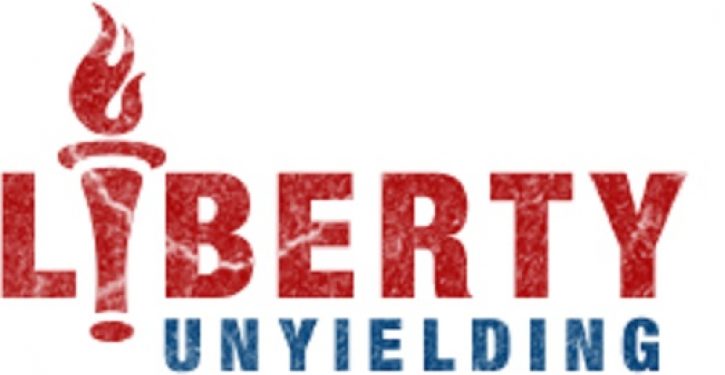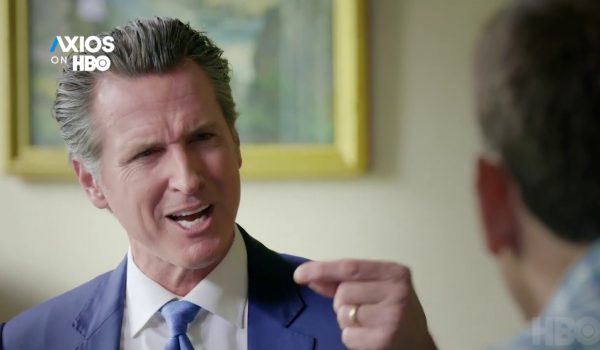
“Researchers say they have found a way to heat and compress hair and wool and turn it into graphite, paving the way for Australia to become a key producer of lithium batteries for storing renewable energy,” reports the Australian Broadcasting Corporation:
A Charles Sturt University research team has unlocked the power of human hair and other fibers as the key ingredient to develop sustainable energy storage solutions and eliminate bio-waste. Research fellow Amandeep Singh Pannu said graphite was “a key material in lithium batteries and there is an ever expanding demand for finding ways to store renewable energy sources.” “As the demand for electric and hybrid vehicles increases, the need for lithium-ion batteries follows,” Dr Singh said.
“One eco-friendly, carbon-rich source that is abundant and readily available everywhere is human hair and offcuts of wool that has virtually little or no value.” “There’s a lot of low-value wool about at the moment and a lot of it’s been thrown out to the tip, put in gullies, stored in sheds or put on the side of the road for free.”…
The demand for lithium is expected to keep growing as well. The federal government’s Critical Minerals Strategy predicts electric vehicles (EVs) will represent more than 60 per cent of vehicles sold globally by 2030, and demand for key minerals used in batteries could rise 20 times by 2040….Dr Singh said producing graphite sustainably from waste in Australia would hugely benefit the national energy sector, as traditional mining involved environmental challenges and required the use of harsh chemicals such as hydrofluoric acid…Australia has a large supply of lithium, but currently has to import graphite.
In the U.S., a vast, untapped supply of lithium has been found, but it may not be accessed for many years. Right now, 60% of lithium is processed in China. The U.S. accounts for just one percent of global lithium production. As the Atlantic Council notes, “Chinese companies supply 80 percent of the world’s battery cells and account for nearly 60 percent of the EV battery market. Even some US companies that produce batteries rely on lithium-ion cell components produced by Chinese manufacturers.”
Recently, researchers discovered how to make lithium-fee sodium-ion batteries. That could reduce the need for lithium, by data centers and EV charger backup storage units.
Artificial intelligence recently discovered a new substance that could reduce lithium use in batteries. Microsoft said that the new “material, unknown to us and not present in nature” could potentially reduce lithium use in batteries by up to 70% and “have tremendous environmental, safety, and economic benefits.”
Last year, large amounts of lithium were detected in a U.S. volcano. The Great Salt Lake may also contain significant amounts of lithium that can be extracted.



